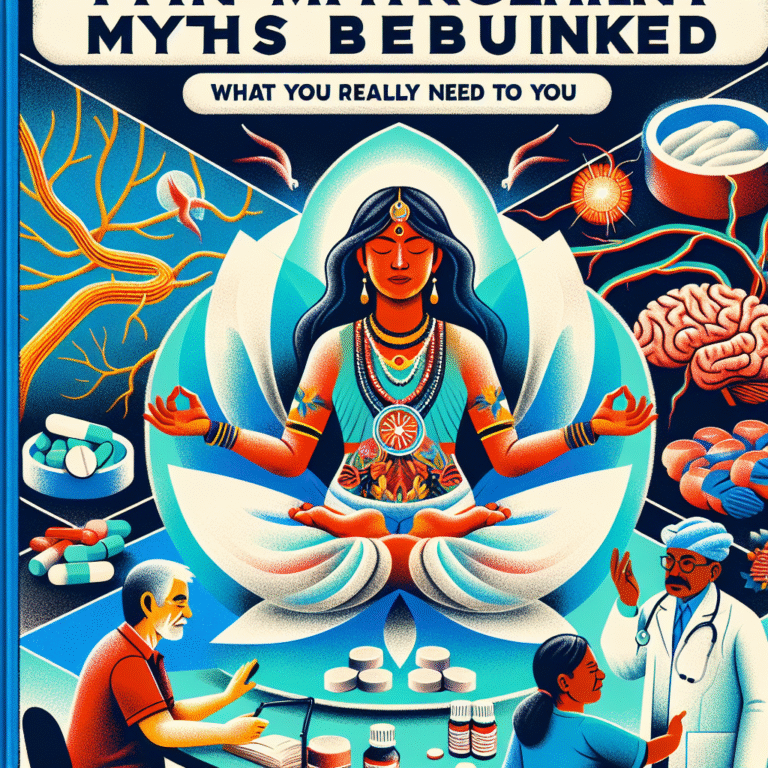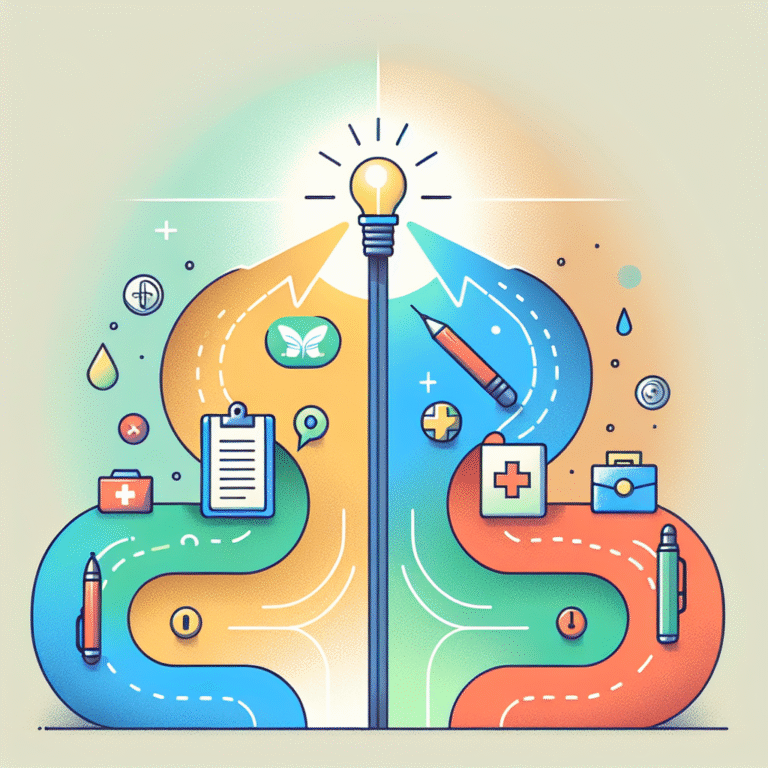
Introduction: The Power of Inclusive Assessment
Education is not a one-size-fits-all experience. In a world where diversity flourishes, the challenge of educating learners from various backgrounds and abilities becomes paramount. Effective assessment techniques are essential to ensure that every learner feels valued, understood, and empowered. Breaking down barriers: effective assessment techniques for diverse learners can create an inclusive learning environment that fosters academic growth and personal development.
Imagine a classroom where assessments are not daunting but rather a stepping stone for all. Picture teachers armed with the knowledge and tools to tailor assessments that resonate with each student. This article serves as a roadmap, guiding educators to explore innovative and effective assessment techniques that respect and celebrate diversity.
Understanding the Diversity Landscape
What is Diversity in Learning?
Diversity in learning encompasses various factors, including but not limited to cultural background, language proficiency, learning styles, and cognitive abilities. Recognizing these differences is the first step in creating assessments that resonate with all learners.
Table 1: Dimensions of Diversity
| Dimension | Description |
|---|---|
| Cultural Background | Varies based on ethnicity and traditions |
| Learning Styles | Includes visual, auditory, kinesthetic preferences |
| Language Proficiency | Fluency in the primary language of instruction |
| Cognitive Abilities | Variations due to disabilities or giftedness |
The Importance of Inclusive Assessments
Creating assessments that accommodate diverse learners is essential. Inclusive assessments not only evaluate knowledge and skills but also motivate engagement and foster an environment of support. They encourage students to express their understanding in ways that are meaningful to them.
Breaking Down Barriers: Effective Assessment Techniques for Diverse Learners
1. Formative Assessments: Keeping the Pulse
What Are Formative Assessments?
Formative assessments are ongoing assessments aimed at monitoring student learning to provide feedback and adapt instruction. They can take many forms, from quizzes to informal observations.
Case Study: Monthly Check-Ins
At Pine Valley Middle School, educators implemented monthly check-ins that included student reflections and peer evaluations. This approach not only guided teachers in understanding students’ challenges but also allowed students to become active participants in their assessment process.
Relevance:
By involving students in their learning journey, formative assessments become a collaborative effort that honors diverse perspectives.
2. Universal Design for Learning (UDL)
What is UDL?
Universal Design for Learning is an educational framework that involves providing multiple means of engagement, representation, and action/expression.
Key Principles of UDL:
- Multiple Means of Engagement: Offer choices and challenge while also making learning relevant.
- Multiple Means of Representation: Present information in various formats to support different learning styles.
- Multiple Means of Action and Expression: Give students different ways to demonstrate what they know.
Case Study: Math with Multiple Modalities
In a diverse classroom at Riverside High School, the math curriculum was redesigned to incorporate visual aids, hands-on activities, and verbal problem-solving discussions. This strategy led to a marked improvement in student comprehension, especially among English Language Learners and students with special needs.
Relevance:
UDL creates a flexible learning environment, ultimately leading to more effective assessment techniques for diverse learners by honoring their unique pathways to understanding.
3. Flexible Assessment Formats
Why Flexibility Matters
One size does not fit all. Diverse learners may excel in different formats such as written tests, oral presentations, visual projects, or digital portfolios.
Table 2: Examples of Flexible Assessment Formats
| Assessment Type | Best For |
|---|---|
| Written Tests | Students strong in literacy |
| Oral Presentations | Students with strong verbal skills |
| Visual Projects | Artists and hands-on learners |
| Digital Portfolios | Tech-savvy students |
Case Study: The Choice Board Strategy
At Maple Grove Elementary, teachers used a choice board that allowed students to select how they wanted to demonstrate their learning of a topic. The result? Increased engagement and improved performance across all student demographics.
Relevance:
Offering flexible formats helps to break down barriers and supports effective assessment techniques for diverse learners by catering to individual strengths and preferences.
4. Culturally Responsive Assessment
Understanding Cultural Relevance
Culturally responsive assessment acknowledges and respects the cultural backgrounds of students. It ensures that assessments do not favor one group over another but rather celebrate diversity.
Case Study: The Heritage Project
At Westbridge High School, teachers introduced a heritage project where students researched their cultural background and presented it to the class. This project not only enhanced learning but also built a sense of community and inclusivity.
Relevance:
Culturally responsive assessments not only break down barriers but also motivate diverse learners by making education relatable and meaningful.
5. Peer Assessments and Self-Assessments
Empowering Students
By allowing students to assess themselves and their peers, educators encourage ownership of learning. This method can help students develop critical thinking and reflection skills.
Case Study: Group Reflection Sessions
In a collaborative science classroom, students engaged in group reflection sessions where they assessed each other’s contributions to group projects. The increase in engagement was palpable, especially among students who traditionally struggled with more conventional assessments.
Relevance:
Peer and self-assessments break down barriers by fostering a supportive learning environment, cultivating valuable skills, and recognizing the voices of diverse learners.
The Power of Technology in Assessments
6. Leveraging Educational Technology
How Technology Can Help
Technology offers a myriad of tools that can support diverse assessments. Platforms can provide customized quizzes, instant feedback, and even interactive simulations that cater to multiple learners.
Examples of Educational Tools:
- Kahoot! for interactive quizzes
- Padlet for collaborative brainstorming
- Flipgrid for video reflections
Case Study: Digital Learning in Action
At Shoreline Community College, professors utilized various technologies to enable students to demonstrate their learning globally. Asynchronous discussion boards allowed students to respond at their own pace, benefiting those who needed additional time to process information.
Relevance:
Using technology in assessments helps break down barriers in diverse settings by creating an engaging and flexible learning environment.
Conclusion: A Call to Action
Breaking down barriers: effective assessment techniques for diverse learners is not just a pedagogical choice; it is a moral imperative. Every learner deserves a chance to shine. By implementing inclusive, innovative assessment strategies, educators can foster an environment where all students thrive.
As we move toward a more equitable education system, let’s commit to breaking down barriers and reimagining assessments that celebrate our differences while steering towards common academic goals.
FAQs
1. What are the key barriers to effective assessment for diverse learners?
Barriers can include cultural biases in assessments, lack of resources for differentiated instruction, and rigid assessment formats that do not accommodate varying learning styles.
2. How can I implement inclusive assessment practices in my classroom?
Start by understanding the diverse needs of your students. Use formative assessments, flexible formats, and culturally responsive practices to ensure all students are represented.
3. What role does technology play in modern assessments?
Technology can facilitate personalized assessments, provide instant feedback, and enable collaborative learning experiences that can cater to diverse learners.
4. Are there specific assessment techniques that work best for English Language Learners?
Using visuals, bilingual resources, and pairing them with peers can help English Language Learners feel more confident in demonstrating their knowledge.
5. How do I evaluate the effectiveness of my assessment strategies?
Collect feedback from students, analyze assessment results to gauge student understanding, and adjust techniques based on what works best for your diverse learners.
Implementing these techniques and approaches can empower educators and students alike. Remember, every learner has a unique journey; let’s make their educational experience worthwhile!














